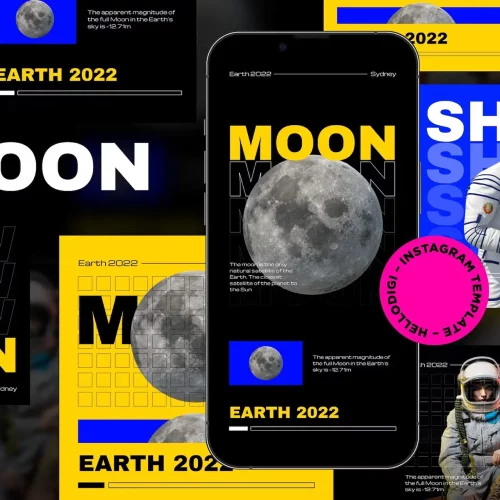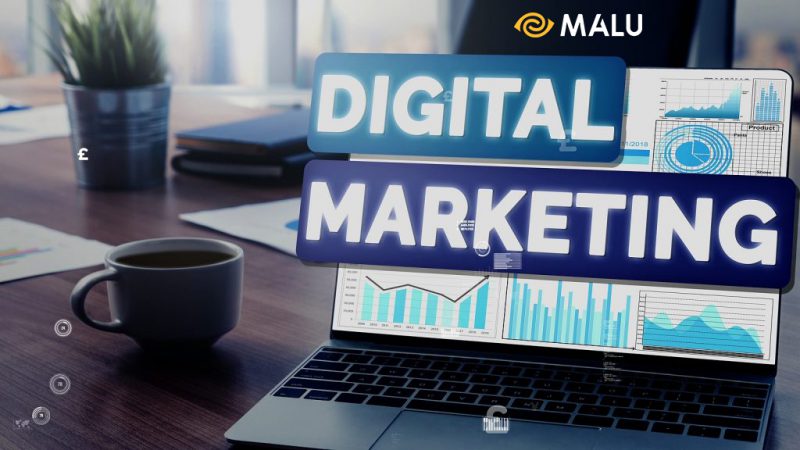
What is Digital Marketing? What is doing Digital Marketing? Maybe you read this article as a longtime marketing professional, or a business owner who has been and is realizing the importance of an online business. Today, if you do not appear and be found online, it will be extremely difficult for you to compete and develop. That is the opportunity of digital marketing.
So what is Digital Marketing? What does Digital Marketing include?
Digital Marketing is a term to describe online marketing strategies on the Internet, helping to connect businesses with customers quickly and effectively. The application of Digital Marketing in business strategy has become a vital element of businesses in the 4.0 era.
From website, social network, email marketing, .. all these channels should be invested in building and developing (if suitable for your brand).
The average person on the Internet sees hundreds of different advertisements. So this article will aim to build digital marketing tactics that attract target customers, instead of annoying them.
This category is quite long, there will be many different sections, please keep watching:
• Building and optimizing Website
• Building digital content strategy
• Branding on social networks
• Optimizing conversions from website traffic
• Optimizing paid advertising channels
• Converting potential customers into paying customers
• Measuring and improving marketing strategies.
Digital Marketing Process
Step 1: START FROM WEBSITE
Your website is the foundation for all your digital marketing strategies. It is like a “real estate” that your business owns on the internet, where you can talk about your products, post content that helps educate readers or address specific needs. of cutomer.
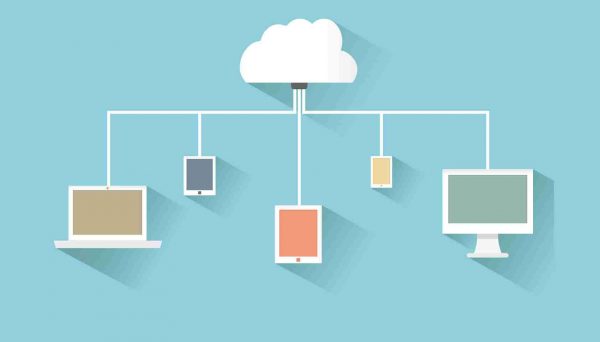
But building a “glitter and cool” website is not enough. You need to make sure it’s optimized to get a steady stream of traffic, conversions, and customers.
More and more people use tools like Google to find information. Most people who have a question or problem have a habit of searching on the net. So, a prerequisite for your business is to have a website that shows up in the search results so that when customers search, they can access and find what they want.
Immediately refer to the extremely important article to own a professional website: Website design secrets
Search engine optimization, or SEO, is the key to doing this well. There are two common approaches to SEO: on-page SEO and off-page SEO.
In a basic sense, On-page SEO is the application of keywords to a website including, page title, must-write title, description tag, and other more in-depth elements such as site structure, speed, etc. page load, and how Google scores your website.
Off-page SEO is the practice of using other websites to link to you. The goal is to earn backlinks from trusted and relevant sources about the website.
“Modern” SEO
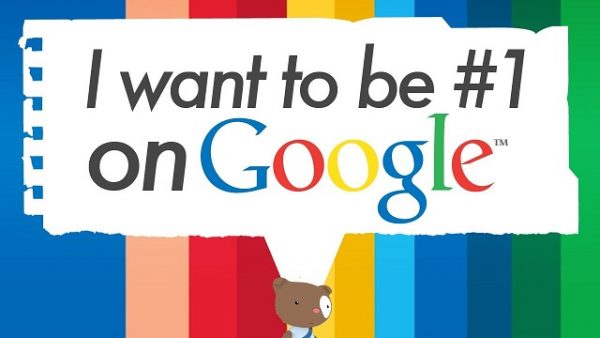
In the past, the purpose of SEO was mostly to impress (or trick) search engines into giving you higher rankings by using a lot of tools that provide backlinks or put a lot of words. lock as possible up the page.
Search engines are getting smarter these days. It can easily distinguish between a keyword spammy website and a website that provides quality and unique content. Modern SEO is optimal for information searchers, not just engines.
Starting with SEO: 5 factors that need to be optimized
1. Page Titles – Page Titles
Page title is the text that you will see at the top of the browser window when visiting any website. It is also the title of the page when it appears in the search results.
Page titles can be found and edited in HTML tags. Here are some guidelines for creating effective page titles:
• Write a descriptive page title for the content of the page
• Include relevant keywords
• Bring keywords as close to the title as possible
• Under 70 characters. (Page titles that are too long will be truncated by web browsers and search results. If you write too long titles, it also reduces the importance of the keywords you want to target.)
• Include your brand’s name at the end of the page title if there is extra space.
• Use separate titles for each page on the website.

2. Meta Descriptions – Description tag
The meta description tag is a short description of the content of the page you want to write, which also appears in search results.
Previously, this description was not a ranking factor for SEO, but now it is also in the top things you need to pay attention to to both improve website position and increase click-through rate. When writing this description, try to include the keywords you want to target so that Google can get a glimpse of the content of the page.

3. Headings
Both users and search engines will pay more attention to headings than regular text. Therefore, you should also include keywords in your heading tags when possible.
Remember that tags containing keywords always have more weight than tags or tags. If cramming through many headings will reduce the importance of keywords in other headings, so for tags you should use only once, tags to complement tags and tags, the same.
4. Pictures
The images on the website will definitely enhance the user experience. When inserting images into posts, keep in mind that:
• Do not use too many images because it will slow down the page load speed. This not only reduces the user experience, but also makes search engines “hate” to have to understand your content for too long.
• Use Alt tags for images. This will help search engines better understand what you want to convey through the image, their algorithms also help you appear in the image search. When writing alt tags, separate keywords with a dash (-)
5. URL Structure
The site URL is the website address.
When building the structure of URLs, you need to remember:
• Separate keywords with hyphens
• Describe the content of the page.
• Use 301 redirects if necessary.
Instructions for using Google’s 301 redirect .
Step 2: BUILD DIGITAL CONTENT TO FIND TRAFFIC

Content Is King
After you have finished optimizing your website, it’s time to “dance the keys”, write valuable content here.
Content is like the fuel for your digital marketing strategy to run. By creating quality content, targeting the right audience, you will attract a more accurate customer file that is easier to convert.
>>> What is Content Marketing? Build an effective content strategy
Building blogs, satellite sites
Search engines always appreciate websites that regularly publish new content, and building blogs or satellite sites is a great method.
When building them, stand from the perspective of journalists, not from the perspective of a business owner or marketing director. The goal of the blog is to publish valuable, non-profit, non-promotional, neutral content as much as possible. Use the words, tone, and style of your target audience to write your blog content.

So what to write about?
These topics don’t just stop at talking about what your product or service is. It’s also about the problems your potential customers face, and how your product solves those problems.
Let’s start to find the difficulties and problems of customers related to your products and services. Do this once a week for 10 weeks in a row, and you will have the perfect framework for your blog.
Key factors for the success of Blog:
• A highly persuasive title – The title is the first thing people look at, so it should cover the content of the article.
• Elaborate content and easy-to-read layout. Ask a colleague or friend to review the article before publishing.
• Use different formats: Infographics, videos, slides,..
• Build internal Links to keep users on the page
• Call-to-Action (CTA) button
USE SOCIAL NETWORK TO GROW INTERACTIVE

The importance of social networks
Social networks in general provide a platform for businesses, employees, and customers to interact with each other directly. More than that, it is a major way to distribute content and brand image online.
There are many different social sites, but in Vietnam for now, we will focus on analyzing Facebook
With over 1 billion monthly users, Facebook is the largest social networking site in the world. From a marketer’s perspective, Facebook provides a powerful tool for building communities for word-of-mouth marketing.
To grow a Fanpage on Facebook, here are a few things you need to do:
• Fill in full and detailed information about the company. Make sure you have an overview of your business and products, as well as a link to your website.
• Invite friends and acquaintances to like fanpage.
• Integrate Facebook into other online channels (using support plugins)
• Share valuable content.
• Use Facebook ads to increase reach.
The Art of Listening On Social Media
An important part of taking advantage of social media for your business is understanding the conversations going on online, and understanding how you need to react.
Here are some tools to help you control that:
• Google Alerts – keep track of how often you or your desired keywords are mentioned on the website.
• Social media management tools – These tools allow you to save search terms so you don’t miss out when anyone mentions your brand, industry or product.
• Social Inbox
CONVERT TRAFFIC TO CONTACTS THROUGH LANDING PAGES
Once you’ve optimized your website, blogged, and started pushing content onto social media sites, you’ll start to see a steady stream of traffic. But the problem is that the number of visits has not created new customers or created new contacts yet.

Let’s focus on conversions!
In this section, we will learn about the conversion process in detail. But first, let’s look at the “Inbound Marketing” method – The best way to turn a stranger into a customer.
Stage 1: Delivering Attractive Value Content.
Free ebooks, seminars, tools, whatever is behind a form filled out. This is extremely important for campaigns to get “sample”-contacts about. It will be the first impression to attract website visitors for the first time, and give them a reason to fill out a form that helps us collect information.
Who Are You Writing Content For?
To ensure that you have a certain understanding of the audience you want to target to provide valuable content, take the time to draw your customer persona. Based on data about existing customers as well as judgments of you and many others to build this customer profile.
Product Contents
Product content can include tutorials, trial, or demo of the product, etc. Use whatever you think is right for you and your customers. At the same time, you also know that your goal is to get contacts for the sales team, so the content should also be designed so that the sales team can initiate a conversation with the customer.
Stage 2: Create CTAs . Button
If you have an effective call-to-action button, you will be able to convert more traffic to your site into customer data. On landing pages, visitors will complete a form by filling out details in return for what you promise to deliver to them. This information will be transferred to the sales team for further care and converted into paying customers.
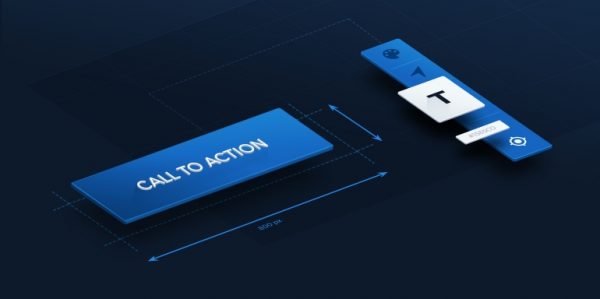
Let’s create CTAs buttons with good benefits to optimize the rate of traffic to the website that will fill out the form.
Stage 3: Creating Landing Pages
The landing page is where website visitors click the CTA button, and where they will find forms to download or receive offers from you.
What is a Landing Page? Create & Design Beautiful Landing Pages (Recipes) (in this article, I will introduce you to the best online landing page creation tools)
Stage 4: Testing, Measure, Iterate
The call-to-action, CTA, and landing page are key elements in the conversion process, but you can’t stop there. To increase the metrics in this process, you need to patiently measure and test continuously.
A few marketing metrics that you need to keep a close eye on include CTA button click-through rate, landing page conversion rate, and contacts and conversions of those contacts from the sales team. To figure out which elements work best for you, you need to experiment with multiple CTAs, landing pages, and content. If your landing page’s conversions are low, try changing the look and feel of your landing page and measure its effectiveness. Don’t be afraid to change a few things, you can completely roll back if the old version is more effective.
Once you’re more familiar with the process, start with A/B testing, which will show you how to optimize each element of your marketing funnel through this testing.
ADDITIONAL TRAFFIC WITH PAID ADVERTISING
When you are new to building an online brand, it will be difficult to rely entirely on your channels such as blog, website or Fanpage to get enough contacts for your company. That is why many marketers choose to supplement their traffic with paid advertising channels.
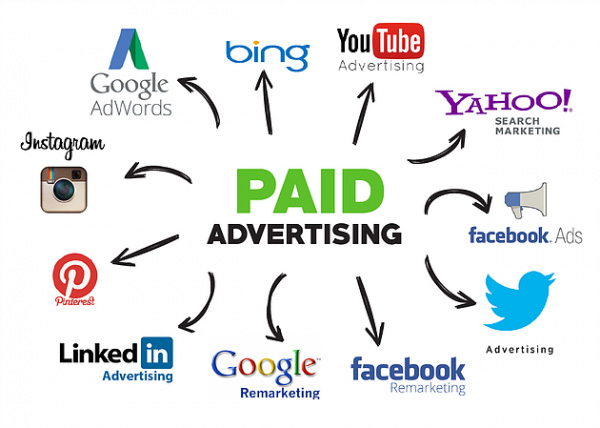
The problem with paid ads is that they are quite expensive for small businesses that are just starting out. In this section, we will learn how to create more impressive click ads for your website.
When to Use Paid Advertising
The best way to drive more traffic through paid advertising is when you already have good CTAs in place, like following a blog, downloading an ebook, or signing up for a trial. You don’t want to drive traffic to your homepage where there are no specific actions to direct customers, which will cost a lot of money and time.
Search Engine Marketing (SEM)
• Search Engine Marketing (SEM)-Marketing on search engines is one of the most widely used paid advertising. To advertise effectively you need to:
• Do serious and meticulous keyword research to understand which keywords you will be bidding on as well as the cost of each click.
• Always identify the advertising object: behavior, location, device, … so that the ad reaches the right audience. For example, if you are a mobile food delivery software in Vietnam, you do not need to target computer users, or people who are not in Vietnam.
• Bid for keywords related to your brand.
• Optimize ads with relevant landing pages. If your ad returns to a page that the search engine doesn’t think is relevant to the ad, it won’t let you appear.
>>> Learn more about SEM – Search Engine Marketing
Display Ads
Display ads, which often appear as banners on websites that allow you to place ads.
A few tips to keep in mind:
• Create a blacklist of sites you don’t want your ads to appear on.
• Always use images.
• Test advertising.
Social Media Advertising
• Facebook
• Create custom, targeted audiences for ads. Targeting the right location, interest, age, and gender can reduce reach, but increase engagement because ads appear to people who are relevant and may be in demand.
• Continuously come up with creative ad templates, and optimize ad features such as CTA buttons and descriptions.
• Choose the appropriate channels to display Facebook ads.
Retargeting
Once you have a large enough traffic and a certain database, you can use ads to drive this number of users further, becoming actual customers.
1. Retargeting Website Visitors
2. Retargeting existing contacts from Database
AUTOMATICALLY TURNING COLLECTION SAMPLES INTO CUSTOMERS
Use the process to develop relationships with potential customers by sending them consistent messages that are relevant and valuable. There are many tools to help you with this, both free and paid. Please Google yourself.
Email Marketing

• Send relevant and engaging emails to the contacts you receive.
• Be personal when communicating with customers. Use a personal name and personal signature in each email. Personalize messages such as “you recently checked out our ebook…” or “thank you for following the blog” and include a small gift of something • Make sure
all Every message has value
• Don’t rely solely on images, because some corporate email software doesn’t automatically download images.
• Be persistent in communication, choose a schedule to send emails by day, week, month, ..
Email Measurement
• Click-through rate (CTR): How many people you email click on the link inside?
• Email open rate?
• Spam reporting rate?
MEASURE THE EFFICIENCY OF DIGITAL MARKETING STRATEGY
You’ve probably reached the bottom of the sales and marketing funnel by now. What you need to do is review all of your marketing activities, determine which ones are successful, and eliminate the failed ones.
Identify Opportunity
As you review your entire marketing, find out where you need to improve. Want more people to visit your blog? Want a higher conversion rate? Keep discovering new opportunities in the present.
Save the Data
It can be as simple as “increasing website traffic X% over X days”.
Review Overview
See if you have achieved the planned metrics or not. If it worked, keep doing what you’re doing, if not, try changing.
Improvements Needed Immediately
Keywords – Try new keywords or variations of keywords you already use to see if they bring in more organic traffic.
SEO – Check if the on-page SEO factors are optimized (page title, alt tag, headings tag, ..)
Conversions – Try out new forms or landing pages.
Content – Determine what type of content is driving the most traffic and conversions.
Social Networks – Evaluate which social media channels get the most visitors.
Email Marketing – Maybe you are sending too many emails or not sending them often. Always test and test.

